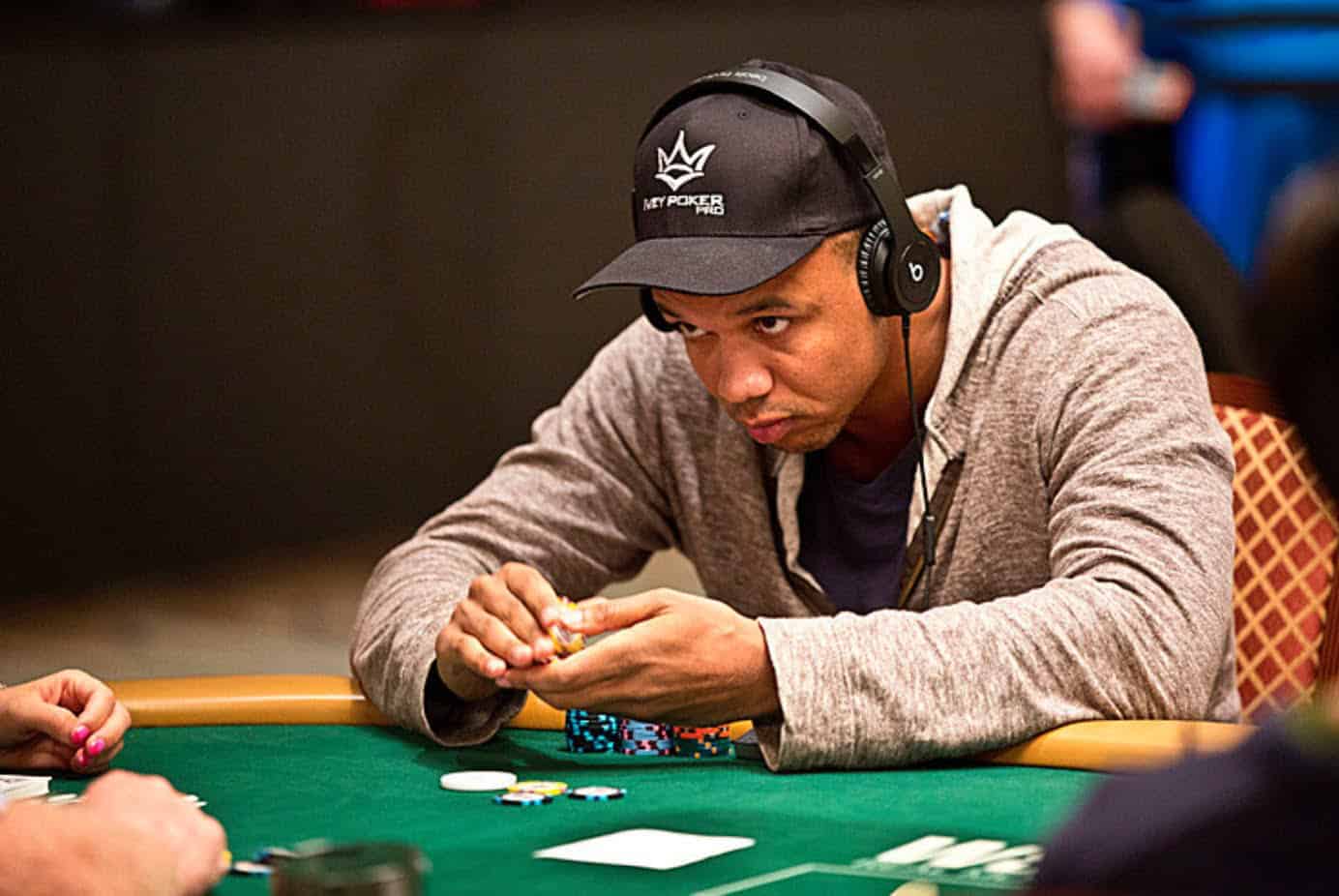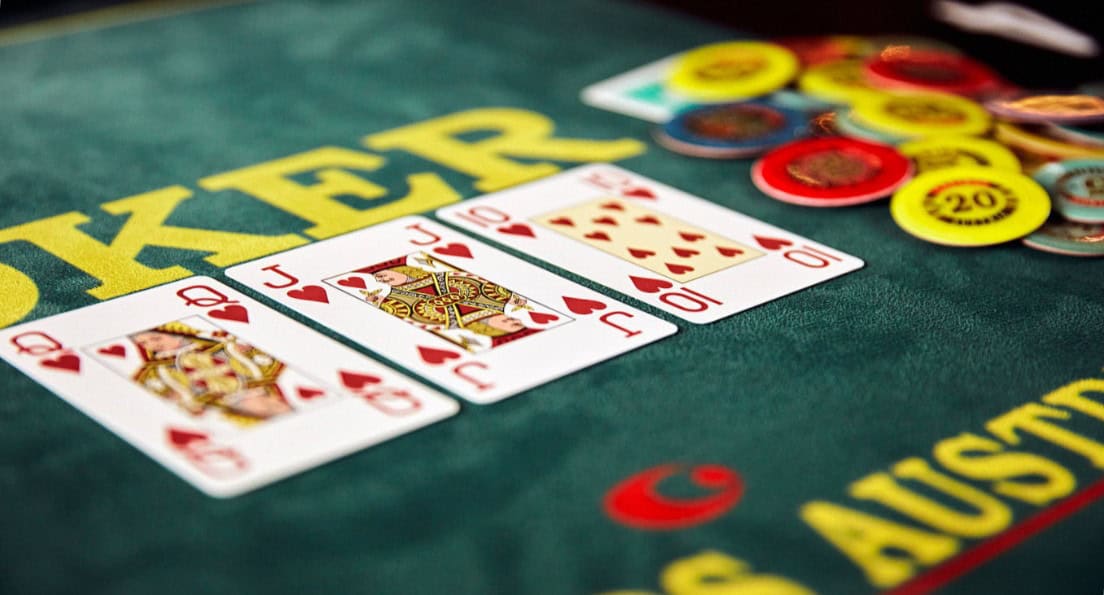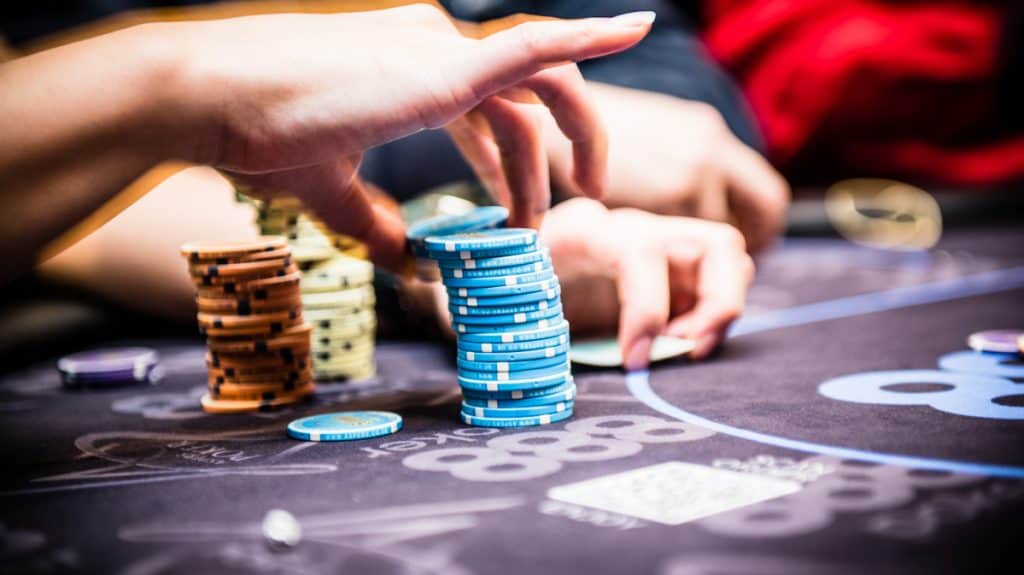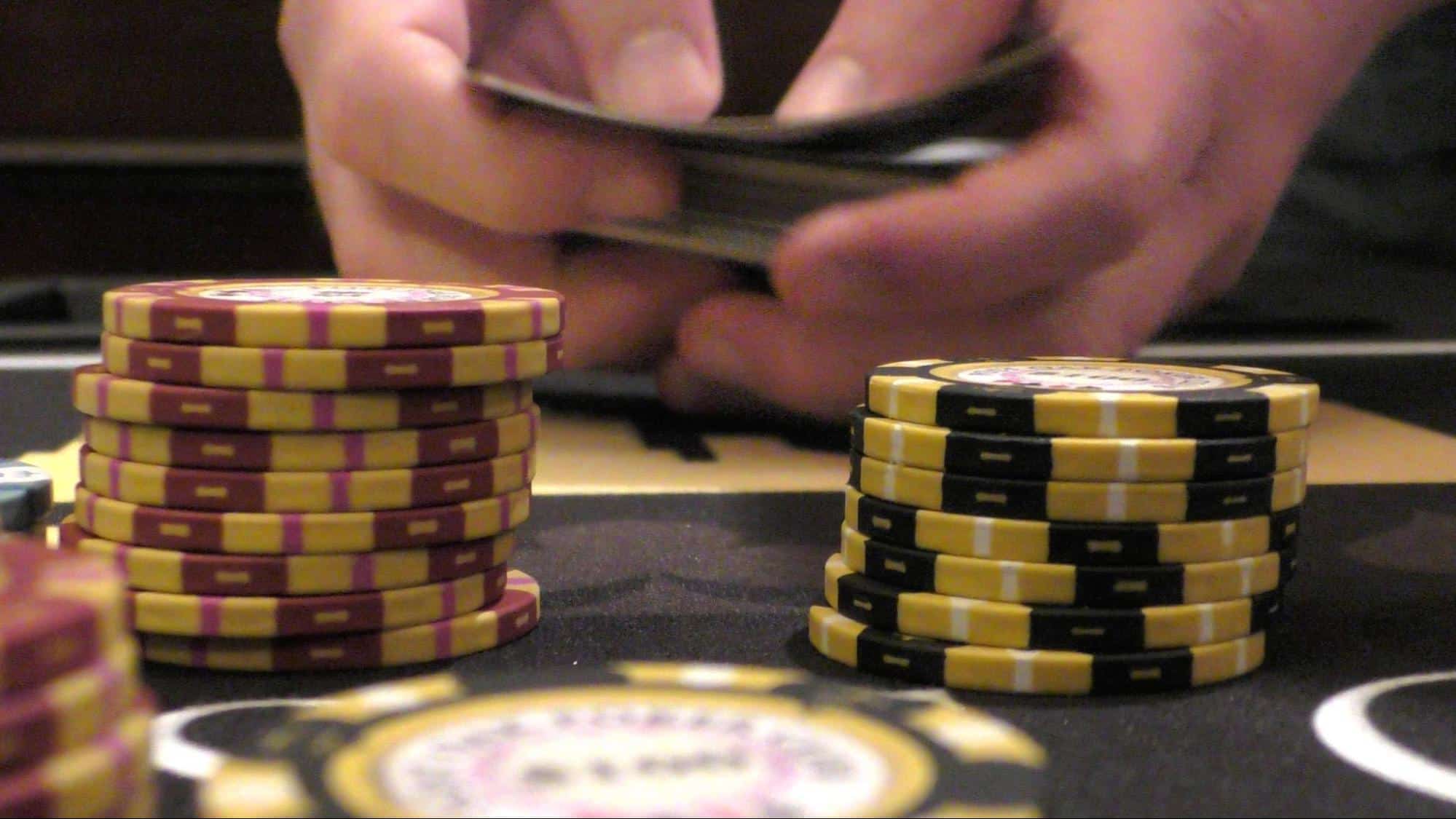
Spot Weak Players at the Poker Table to Maximize Wins
In poker, one of the most profitable skills you will ever develop is finding the weak players otherwise known as “fish.” They are going to make mistakes, mismanage their chips, and very often they just don’t understand the basic concepts of poker. The earlier you find them, the more time you will have to exploit them, create bigger pots, and thus increase your win rate.
But how exactly do you find these opponents of value? Let’s dive down into specific strategies and telltale signs that help you hunt down the fish and maximize profits.
1. VPIP: The Ultimate Stat to Find Fish
The most direct way to locate really weak players in online poker is to look at VPIP – the stat that denotes how often a player is voluntarily putting money into the pot. In other words, this percentage does not account for blinds. The higher the VPIP is, the looser the player. Fish generally have a VPIP of above 40%, meaning they enter too many hands, too frequently without good starting cards, making them toys for stronger, tighter opponents. VPIP of 60% or Higher: These would be your best targets. With this kind of VPIP, a player is likely making crazy calls, playing any two cards, and is completely uncaring about position or hand strength. Glad to see the flop, but rarely get to showdown with a winning hand.
- Ideal VPIP for NLH: When playing No-Limit Hold’em, players with a VPIP of at least 40% are what you’re looking for. In tables with multiple players fitting that profile, your win rate can go into the roof.
2. Short Stacks: A Sign of Inexperience
Fish often play with short stacks—typically less than 100 big blinds—and don’t bother topping up to the maximum buy-in.
That’s an indication of a player with no plan, and because of that, already that person is at a disadvantage. Very experienced players know how important it is to play at a full stack in order to achieve maximum profitability with their strong hands. A short stack inhibits the fish from arriving at the table to take full advantage of pressuring opponents or making good post-flop plays, and thus makes him an easier outplay.
Why Short Stacks are Vulnerable You really can’t do much with a short stack, use multi-street bluffs, and make deep stack all-in movements. Because of this, they become predictable and you can control them more easily during the course of a hand.
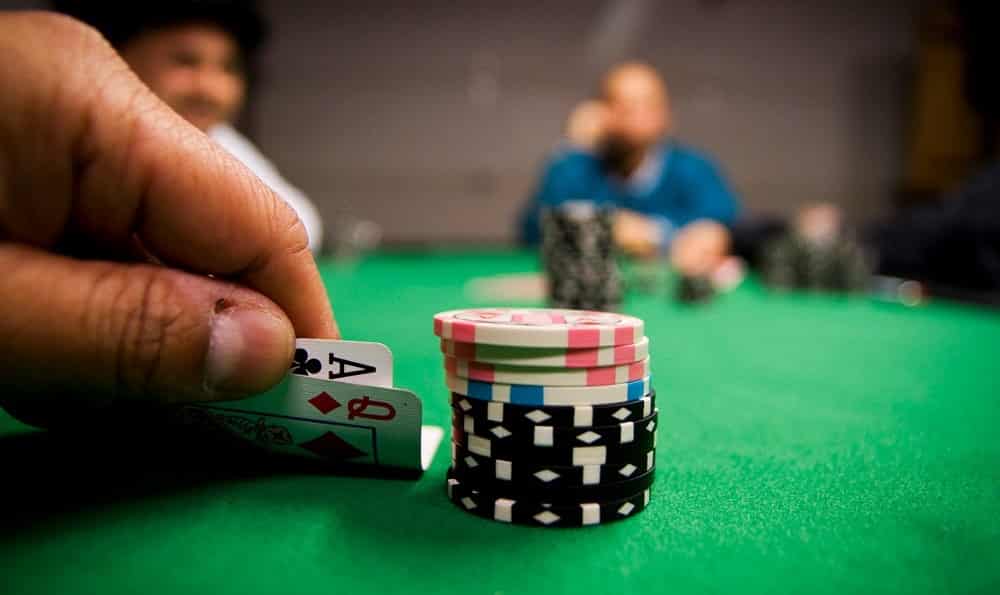
3. Limping: A Classic Tell of a Weak Player
A dead giveaway of a weak player is constant limping, calling the big blind preflop without raising. Limpers tend to enter pots with weak or speculative hands, but are afraid to raise. Rather, they passively want to see a cheap flop. This shows complete lack of aggression and understanding of worth-while starting hands.
- How to Abuse Limpers: Aggressively raising their limps, especially from position. Most limp-callers fold to a decent continuation bet on the flop and thus don’t make you booked pots. Pressure sent preflop and postflop is vital against these fellows.
4. Flop Obsession: Players Who Can’t Resist a Peek
Some fish are obsessed with seeing the flop: They cold-call preflop too much, hoping somehow to hit a miracle hand. These players haven’t thought about pot odds, position, or hand strength; they are simply chasing their dream about hitting the flop perfectly.
- Why They’re Easy to Exploit: Players who are constantly chasing flops are easier to manipulate post-flop. You can charge them heavily to see the next card, knowing they’ll often fold on later streets if they don’t hit a monster hand. They make lousy decisions when it comes to turn and river bets, which is where you’ll get maximum value extracted.
5. Inconsistent Bet Sizing: A Clear Indicator of Hand Strength
Another tell of the weaker players is inconsistent bet sizing. An obvious example of this is when you notice a player adjusting raise size based on the strength of his hand, for instance usually much smaller with marginal hands and much larger with monsters. You’ve most likely found a fish. Skilled players maintain balanced bet sizing to disguise their hand strength and keep opponents guessing.
- How to React: Pay loads of attention to a player’s betting patterns. When you feel their bet size is related to their hand strength, then you can make more informed decisions and start to exploit them by folding when they’re strong and calling or raising when they’re weak.
6. Position Awareness: Sit to the Left of Fish for Maximum Advantage
In poker, position is power and having a weak player to your left is one of the biggest conceivable advantages. The first and foremost advantage of You being in position is that you will get to see them act before making your decisions. A lot of fish are bereft of any sort of concept of position and proceed to make very rudimentary mistakes by playing too many hands out of position.
- Why it matters: Anytime you are in position on a fish, you are able to consistently apply pressure: whether it is raising their limps, controlling the size of the pot, and/or bluffing them off weak hands, being in position lets you dictate what happens at the table. You will always want to be seeking out seats that offer you the ability to exploit fish in good position.
7. Knowing When to Quit: The Fish Have Left the Table
Once you have those weak players, pay close attention to them. Fish can easily get busted out or just leave a table on the back of a bad run of cards. If you’re at a table with no fish, then get up and change tables. You don’t want to be at a table full of tough regulars with minimal value to be had.
- Conditions for Optimal Win Rate: In the case of NLH, you would ideally want to have at least one player on a table with a VPIP of more than 40%. If you are playing PLO, then the aim should be to get tables where players have a VPIP of more than 50% in the case of PLO4 and 55% in the case of PLO5. If that is not so, then it’s time to leave your table.
8. When to Cash Out: Don’t Overstay Your Welcome
In cash games, it’s equally important to know when to cash out as it is to know when to keep playing. If you’ve built a large stack of, say, 400-500 big blinds, then that could be a good time to quit. Huge stacks attract the attention of stronger players who want a shot at taking your chips, and the risk of losing back your winnings increases.
- Why Stack Size Matters: The bigger your stack, the more of a target you are-the more some aggressive players would want to play big pots against you. If this table gets tough, it’s better to cash out having been ahead and save yourself the variance of deep-stacked poker.
Conclusion: Mastering the Art of Spotting Weak Players
The ability to spot weak players at the table separates the winning players from everyone else. Using VPIP, you can find players who are betting sizably with inconsistent hands and limp-heavy players to exploit them, always notice fish and adapt your strategy to take value from them.
On any online poker website, these poor players are normally easily spotted by their stats, short stacks, and bad decision-making. You can observe, adjust, and take advantage-which is what you are supposed to do. The better you get at finding and exploiting the fish, the higher your win rate will be. Remember, poker has little to do with playing your cards but with playing your opponents, and the weaker they are, the better your chances are of walking away with their chips.

